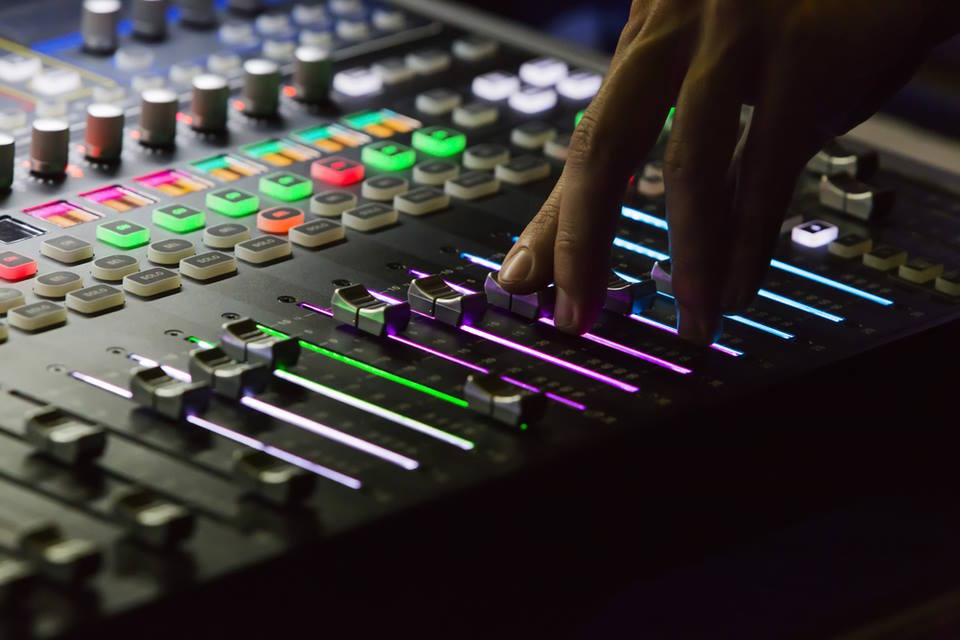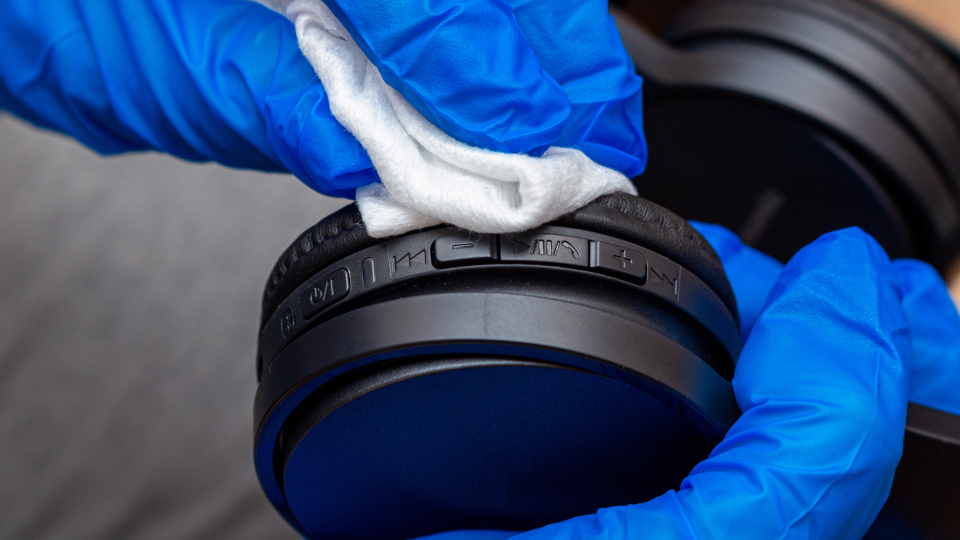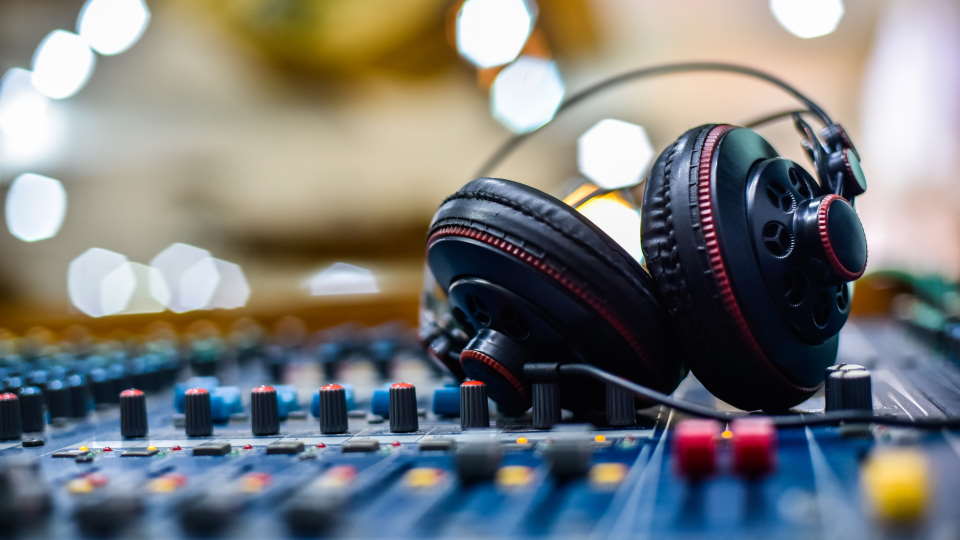As a new audio enthusiast, there are likely times when you have already encountered audio problems that have caused a great deal of frustration. Whether you’re recording your own music, producing a podcast, or editing audio files for video projects, troubleshooting common audio problems is vital for achieving high-quality sound. After all, who wants to listen to poor-quality audio?
Audio problems can derail your efforts to achieve sonic perfection. Common issues such as background noise, hum, distortion, phase problems, pops and clicks, and compression issues can mar an otherwise great recording. No one wants to hear a recording with pops and clicks, excessive echo or reverb, or a distorted sound.
To ensure that you achieve the best possible audio quality, it’s important to recognize and troubleshoot common audio problems. By doing so, you will ensure that your audio recordings and projects capture the essence of your sound without detracting from the quality of your content.
Troubleshooting audio problems can be a time-consuming process, but the benefits are numerous. By fixing the problems and mitigating the issues, you will achieve improved audio quality, save time, and, of course, strengthen your creativity. Once you have addressed the common audio problems, you will be able to focus your attention on making music, recording podcasts, and creating audio projects that truly showcase your talents.
Ultimately, it is easy to see why troubleshooting common audio problems is essential for achieving high-quality sound. The problems that arise can often seem overwhelming, but by recognizing the issues and dedicating time to addressing them, you will achieve the best possible results. With so many benefits to be gained, it’s time to start diving into the world of audio troubleshooting.
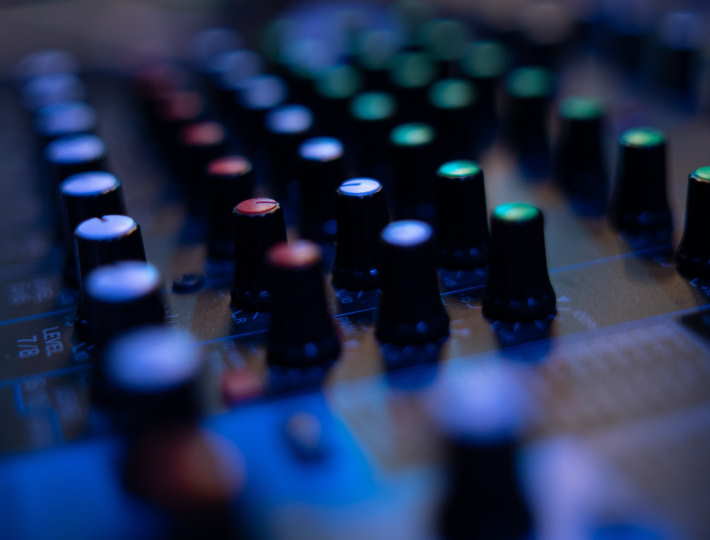
Noise Issues
Nothing can be more frustrating than recording audio with a disturbing background noise or hum. This unwanted sound can ruin the quality of your recording and make it difficult to hear what is being said or played. Fortunately, there are ways to reduce this noise and improve the overall listening quality.
Here are some tips to reduce background noise and hum in your recordings:
- Use a noise reduction plugin: Noise reduction plugins are designed to eliminate or reduce extraneous noise from your recordings. There are many plugins available that can help you reduce background noise and make your recordings sound better.
- Avoid using high gain settings: High gain settings can cause noise and hum to be more pronounced in your recordings. Try using lower gain settings to reduce the amount of noise in your recordings.
- Use a noise gate: A noise gate is a useful tool that can help you reduce unwanted noise in your recordings. It works by opening and closing the audio signal at a certain noise level, thereby reducing the amount of background noise being picked up.
- Check your cables and connections: Loose or damaged cables can often cause unwanted noise in your recordings. Make sure all your cables and connections are secure and in good condition.
- Record in a quiet environment: The best way to avoid background noise and hum in your recordings is to record in a quiet environment. Try to find a space that is relatively free from outside noise or hum.
- Use a pop filter: Pop filters are designed to eliminate plosives or popping sounds that can be picked up by your microphone. Using a pop filter can also help to reduce background noise and hum in your recordings.
Reducing background noise and hum in your recordings is not always easy but is definitely worth the effort. By using the tips mentioned above, you can significantly improve the quality of your audio recordings, making them sound clearer and more professional.
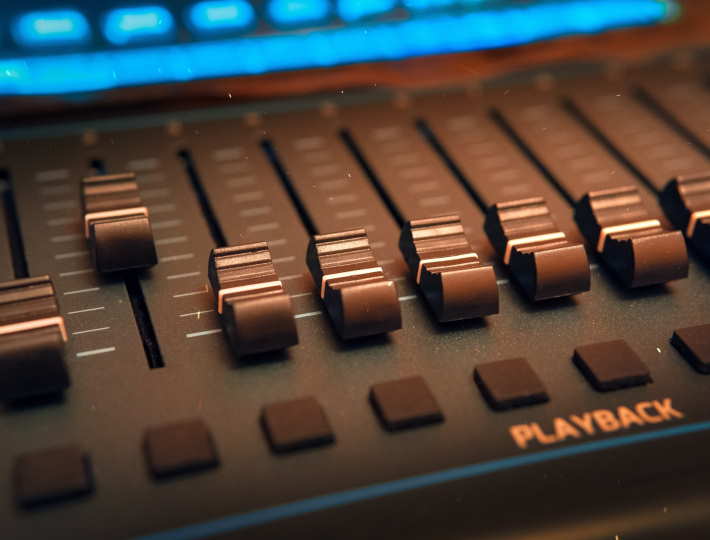
Distortion
Distortion is a common problem that can occur in audio recordings. Distortion happens when the audio signal is too loud and exceeds the maximum level that the equipment can handle. This results in a harsh or buzzy sound that can be unpleasant to listen to. Understanding the causes of distortion and learning how to fix it is key to achieving high-quality sound.
The most common cause of distortion is overloading the audio equipment. This can happen if the audio signal is too loud or if the equipment is not properly calibrated. Another common cause of distortion is using the wrong type of microphone or input device. It is important to choose the right equipment for the job and to know how to properly use it.
There are several techniques for fixing distortion. One of the most effective ways is to use a limiter. A limiter is a device that prevents the audio signal from exceeding a certain level. It is commonly used in mastering to prevent clipping and distortion. Another technique is to use a compressor. A compressor reduces the dynamic range of the audio signal, making it easier to control and preventing distortion.
- Use a limiter to prevent the audio signal from exceeding a certain level
- Use a compressor to reduce the dynamic range of the audio signal
- Choose the right equipment and learn how to properly use it
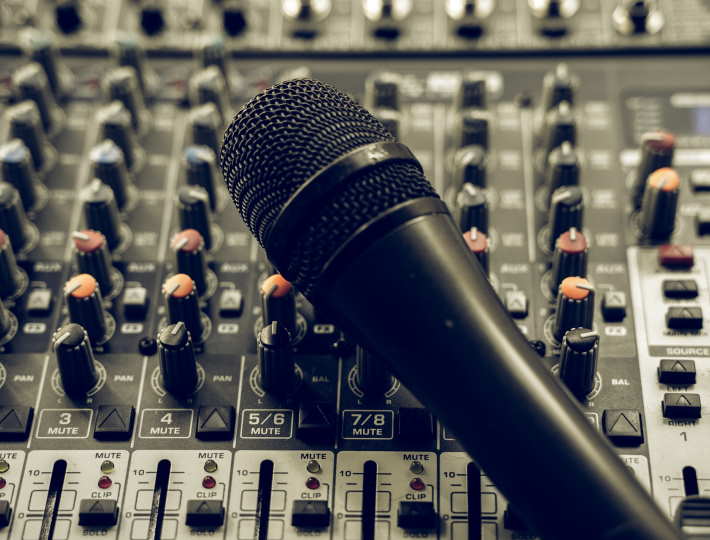
Phase Issues
When recording, it is important to understand phase and its potential impact on your sound. Phase refers to the relationship between two or more sound waves, and it can have a significant effect on the quality of your recordings if not managed properly.
One common phase issue is phase cancellation, which occurs when two sound waves of equal frequency but opposite polarity are combined. This results in a weakened or even completely nullified sound. In order to avoid phase cancellation, it is important to keep all microphones and speakers properly aligned, and to avoid overlapping of sound waves.
Another potential phase problem is an out-of-phase signal, which occurs when the sound waves of individual instruments or vocal tracks are not synchronized properly. This can cause an unbalanced, hollow or disconnected sound. To fix this issue, it is important to properly align the tracks so that all sound waves are synchronized and flowing in the same direction.
- Align microphones and speakers: to prevent phase cancellation, ensure that your microphones and speakers are properly aligned and not overlapping each other.
- Check for out-of-phase signals: listen carefully to all tracks to see if they are properly synchronized and flowing in the same direction. If not, make the necessary adjustments.
- Use phase correction tools: many digital audio workstations come with phase correction tools that can help you fix any phase issues that arise during recording or mixing. Take advantage of these tools, and use them as needed to optimize your sound.
Understanding phase and how to avoid and fix phase problems is essential for achieving high-quality sound in your recordings. Take the time to learn about phase and to incorporate effective phase management techniques into your recording and mixing processes, and you will be well on your way to producing outstanding audio.

Pops and Clicks
When recording audio, there are several common issues that can arise, one of which being pops and clicks. These annoying sounds can often be heard in speech recordings as well as music, and can ruin the overall quality of your final product.
One of the main causes of pops and clicks in recordings is due to your equipment. If your microphone or cable is faulty, it can cause disruptions in the audio signal, resulting in pops and clicks. It is important to ensure that your equipment is in good condition before beginning a recording session, and to regularly maintain it to avoid these issues from occurring.
Another cause of pops and clicks is electromagnetic interference. This can be caused by other electronic devices in the area, such as cell phones, wireless routers, or even lights. If possible, try to eliminate any potential sources of interference from your recording space, or shield your equipment with materials such as aluminum foil or shielded cables.
- Check your equipment. Ensure that all cables are securely connected and not damaged. Try using different cables to see if that solves the issue.
- Eliminate potential sources of electromagnetic interference from your recording space. This can include turning off wireless devices or moving your equipment away from interference-prone areas.
- Edit out any pops and clicks in post-production using audio editing software. You can often use the “De-click” or “De-pop” tools to automatically remove these sounds, or manually edit them out using audio waveforms.
If you are recording speech or vocals, it is important to reduce any mouth noise, such as lip smacking or heavy breathing, as these can also cause pops and clicks in your recordings. Encouraging your subjects to drink water or limiting their sugar intake before recording can help to reduce mouth noise.
Overall, preventing and fixing pops and clicks in your recordings is a combination of equipment maintenance, environment management, and post-production editing. By taking the time to prevent these issues from occurring, you can achieve a higher-quality final product that is free from distracting sounds and disruptions.
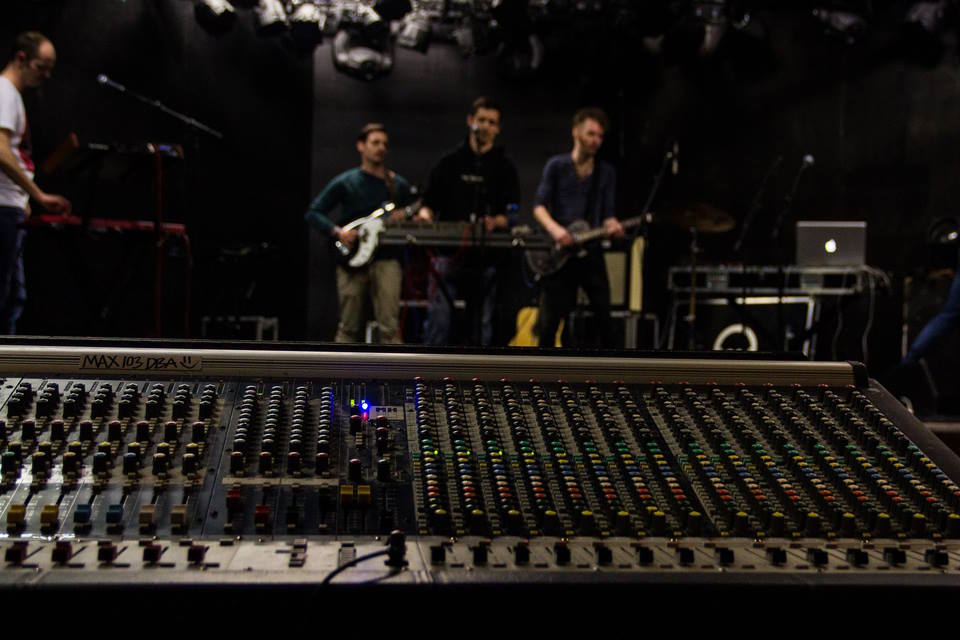
EQ Problems
When it comes to achieving great sound quality, understanding and troubleshooting common audio problems is key. One of the most essential tools in any sound engineer’s toolbox is the equalizer or EQ. However, even the most experienced professionals can run into common EQ problems.
Muddiness in the Mix
One of the most common EQ problems is muddiness in the mix – where the low-end frequencies of different instruments clash and become indistinct, resulting in a lack of clarity. To fix this, you need to ‘carve out’ space in the mix for each instrument, making sure that they all have their own sonic space. A great way to do this is by using a high-pass filter or low shelf EQ to remove unnecessary low-end frequencies that are not contributing anything constructive to the sound.
Harshness or Sibilance
Another common EQ problem is harshness or sibilance, where the higher end of frequencies sound too bright. This can be particularly noticeable in vocal recordings, where sibilant sounds like ‘s’ and ‘t’ can be overly emphasized. To fix this, try cutting the problematic frequency band with a narrow band EQ or a de-esser.
Lack of Presence or Warmth
A lack of presence or warmth in a recording is an EQ problem that can make your sound thin and cold. To add presence, try boosting frequencies in the mid-range (between 1 kHz to 5 kHz) using a bell-shaped EQ. To add warmth, increase frequencies in the low-end (between 100 Hz to 300 Hz) with a gentle shelf. However, be cautious of overemphasizing these frequencies, as it can lead to muddiness or harshness in the mix.
Overall, EQ is a powerful tool that can enhance your recordings, but it can also be a stumbling block if not used accurately. These common EQ problems and the methods to resolve them will help you achieve a well-balanced and professional mix.
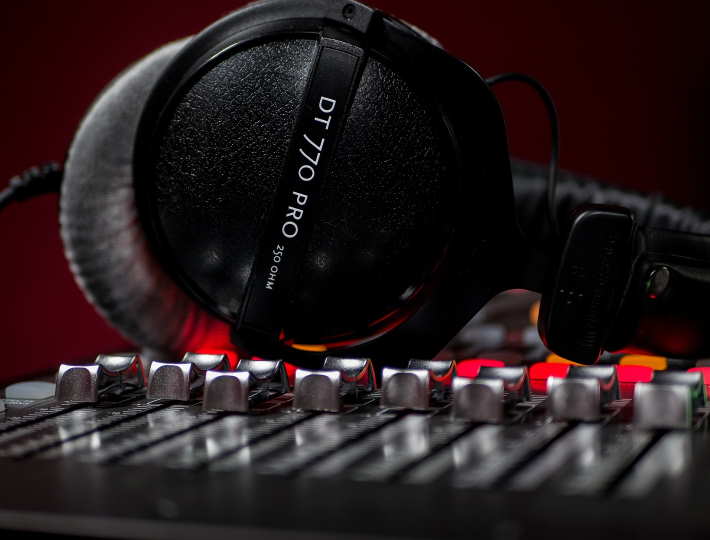
Compression Issues
Compression is an essential tool for any sound engineer, as it helps to create a more polished and professional sound. However, it is not uncommon to encounter common compression issues that can negatively impact the quality of your recordings.
One of the most common compression issues is over-compression. This occurs when too much compression is applied to the signal, resulting in a flattened sound with little dynamic range. To avoid over-compression, it is important to set your threshold and ratio levels appropriately. The threshold level determines when compression will start to occur, while the ratio determines how much compression will be applied. Set these levels according to the dynamic range of the signal.
Another common issue is pumping and breathing. Pumping occurs when the compressor is too slow to release the signal, resulting in a pumping sound that can often be heard in the bass frequencies. Breathing, on the other hand, occurs when the compressor is too fast, resulting in a sucking sound that can often be heard in the mid-range frequencies. To avoid these issues, it is important to set the attack and release times appropriately. Adjust these settings according to the tempo and rhythm of the track.
- Over-compression can be avoided by setting threshold and ratio levels appropriately
- Pumping and breathing can be avoided by setting attack and release times appropriately
- Make sure to adjust compression settings according to the dynamic range and tempo of the track
Another issue to be aware of is excessive noise. Compression can exacerbate noise in the signal, resulting in a grainy or hissing sound. To avoid this, it is important to use a high-quality noise gate or expander in conjunction with the compressor. This will help to reduce noise in the signal and create a cleaner sound.
In conclusion, compression is a powerful tool that can greatly enhance the sound of your recordings. However, it is important to be aware of common compression issues and adjust your settings accordingly. By setting your threshold, ratio, attack, and release times appropriately, you can avoid over-compression, pumping, breathing, and excessive noise, creating a polished and professional sound.
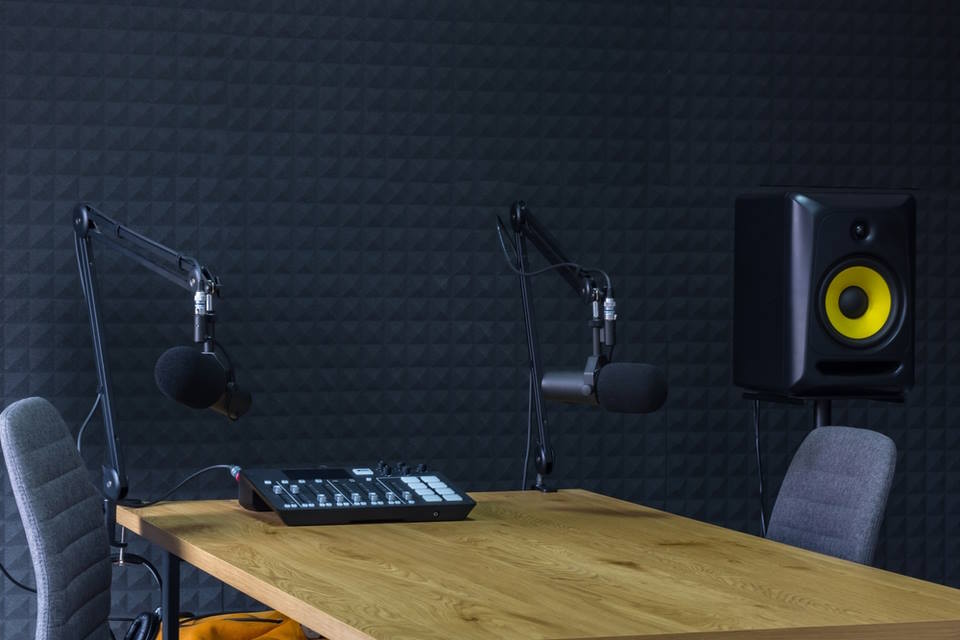
Conclusion
If you are an audio enthusiast, a musician, or a sound engineer, achieving high-quality sound is essential for you. However, despite the best efforts of professionals, audio problems can arise and dampen the experience. That’s why troubleshooting common audio problems is critical.
Identifying and fixing audio problems requires specific skills, knowledge, and equipment.
Among common problems are noise issues, distortion, phase problems, pops and clicks, compression issues, EQ issues, excessive reverb, and echo. Each of these problems has specific causes and solutions. In some cases, you might need to use specialized tools and equipment for a particular issue.
Addressing these common issues requires patience, technical skills and expertise, and a keen ear. Additionally, you might need to consider upgrading your equipment, software or even looking for specialized help to fix particular problems.
In conclusion, achieving high-quality sound can be challenging, especially when dealing with audio problems. The various tips and techniques discussed above provide a starting point to fix common problems that may arise. It is essential to note that fixing audio issues takes time and practice, and sometimes, professional help may be necessary. Keep on learning, experimenting, and making use of new technologies and tools to improve your sound to achieve that high-quality sound you’ve always wanted.

